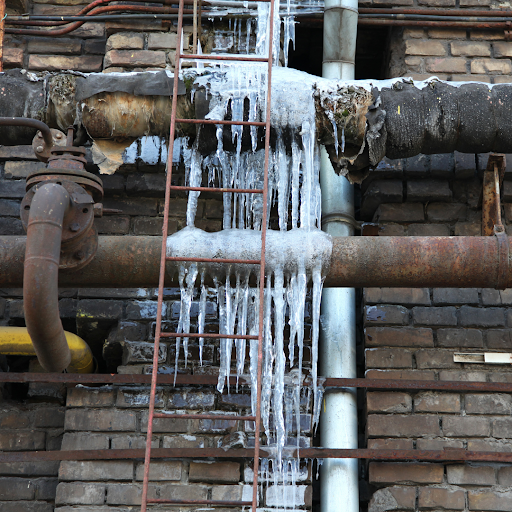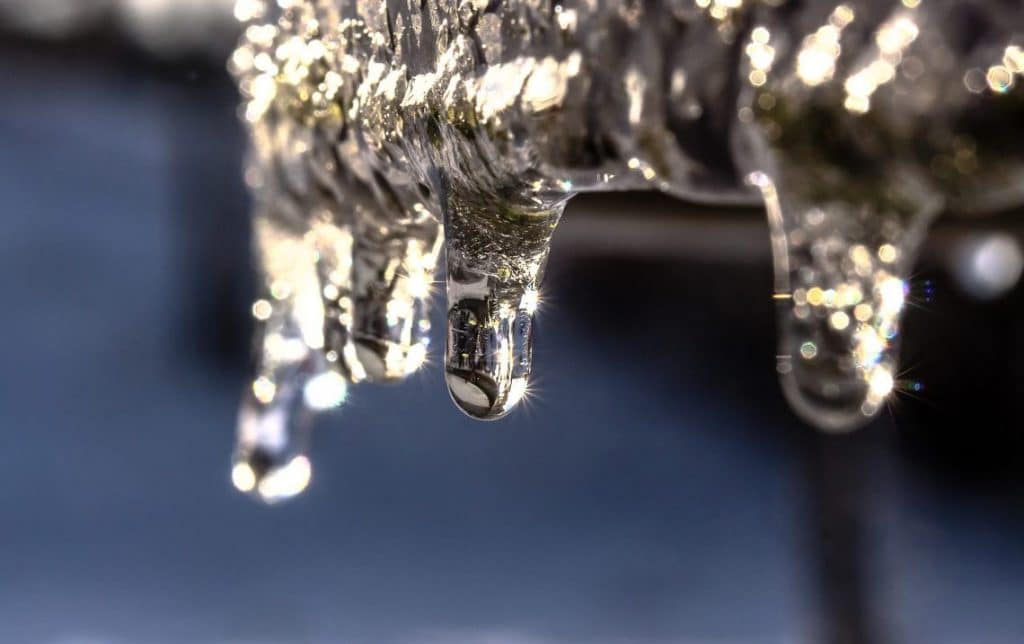Tips to Avoid Frozen Plumbing in Winter: Professional Guidance
Tips to Avoid Frozen Plumbing in Winter: Professional Guidance
Blog Article
We've noticed the article about Winter Plumbing Precautions: Preventing Frozen Pipes down the page on the internet and felt it made sense to quickly share it with you here.

Cold weather can wreak havoc on your plumbing, especially by freezing pipes. Right here's how to prevent it from happening and what to do if it does.
Introduction
As temperature levels decline, the danger of icy pipelines increases, possibly causing expensive repairs and water damage. Comprehending just how to avoid icy pipes is essential for house owners in cool climates.
Recognizing Frozen Pipes
What triggers pipelines to ice up?
Pipes freeze when exposed to temperatures below 32 ° F (0 ° C) for extended periods. As water inside the pipes freezes, it expands, putting pressure on the pipe walls and potentially creating them to break.
Dangers and damages
Frozen pipes can lead to water supply disturbances, residential or commercial property damages, and expensive fixings. Burst pipelines can flood homes and create substantial architectural damages.
Indicators of Frozen Pipeline
Determining frozen pipes early can prevent them from rupturing.
Exactly how to identify frozen pipes
Look for lowered water flow from taps, uncommon odors or sounds from pipelines, and noticeable frost on subjected pipelines.
Avoidance Tips
Protecting at risk pipelines
Wrap pipelines in insulation sleeves or use warm tape to shield them from freezing temperatures. Focus on pipelines in unheated or outside areas of the home.
Home heating techniques
Keep interior rooms effectively heated, especially locations with pipes. Open up closet doors to allow cozy air to flow around pipelines under sinks.
Securing Outside Plumbing
Yard pipes and exterior taps
Detach and drain pipes yard pipes before winter months. Install frost-proof faucets or cover outdoor faucets with protected caps.
What to Do If Your Pipelines Freeze
Immediate activities to take
If you think icy pipelines, keep faucets open to soothe pressure as the ice melts. Use a hairdryer or towels taken in warm water to thaw pipes slowly.
Long-Term Solutions
Architectural adjustments
Consider rerouting pipelines far from exterior wall surfaces or unheated areas. Include extra insulation to attic rooms, basements, and crawl spaces.
Upgrading insulation
Buy top notch insulation for pipelines, attic rooms, and wall surfaces. Appropriate insulation assists preserve regular temperatures and reduces the threat of icy pipes.
Verdict
Avoiding frozen pipelines needs proactive steps and fast responses. By recognizing the causes, signs, and safety nets, property owners can secure their plumbing during cold weather.
6 Proven Ways to Prevent Frozen Pipes and Protect Your Home
Disconnect and Drain Garden Hoses
Before winter arrives, start by disconnecting your garden hoses and draining any remaining water. Close the shut-off valves that supply outdoor hose bibs and leave the outdoor faucet open to allow any residual water to drain. For extra protection, consider using faucet covers throughout the colder months. It’s also important to drain water from any sprinkler supply lines following the manufacturer’s directions.
Insulate Exposed Pipes
Insulating your pipes is an effective way to prevent freezing. Pipe insulation is readily available at home improvement stores and is relatively inexpensive. Pay close attention to pipes in unheated areas such as the attic, basement, crawl spaces, or garage. Apply foam insulation generously to create a buffer against the cold. You can also wrap your pipes in heat tape or thermostat-controlled heat cables for added warmth.
Seal Air Leaks
Inspect your home for any cracks or openings that could let in cold air. Seal any holes around the piping in interior or exterior walls, as well as the sill plates where your home rests on its foundation. Additionally, make sure to keep your garage door closed unless you’re entering or exiting. Leaving it open creates a significant air leak that can lead to frozen pipes.
Allow Warm Air Circulation
During cold snaps, it’s essential to allow warm air to circulate evenly throughout your home. Leave interior doors ajar to promote better airflow. Open kitchen and bathroom cabinets to help distribute heat consistently around the rooms. If you have small children or pets, be sure to remove any household chemicals or potentially harmful cleaners from open cabinets for safety.
Let Faucets Drip
A small trickle of water can make a big difference in preventing ice formation inside your pipes. When temperatures drop significantly, start a drip of water from all faucets served by exposed pipes. This continuous flow helps prevent the water from freezing. Additionally, running a few faucets slightly can relieve pressure inside the pipes, reducing the chances of a rupture if the water inside does freeze.
https://choateshvac.com/6-proven-ways-to-prevent-frozen-pipes-and-protect-your-home/

We had been made aware of that report on 6 Ways to Prevent Frozen Pipes through a pal on our other site. Liked our posting? Please share it. Help another person check it out. I cherish reading our article about How to prepare your home plumbing for winter weather.
Call Today Report this page